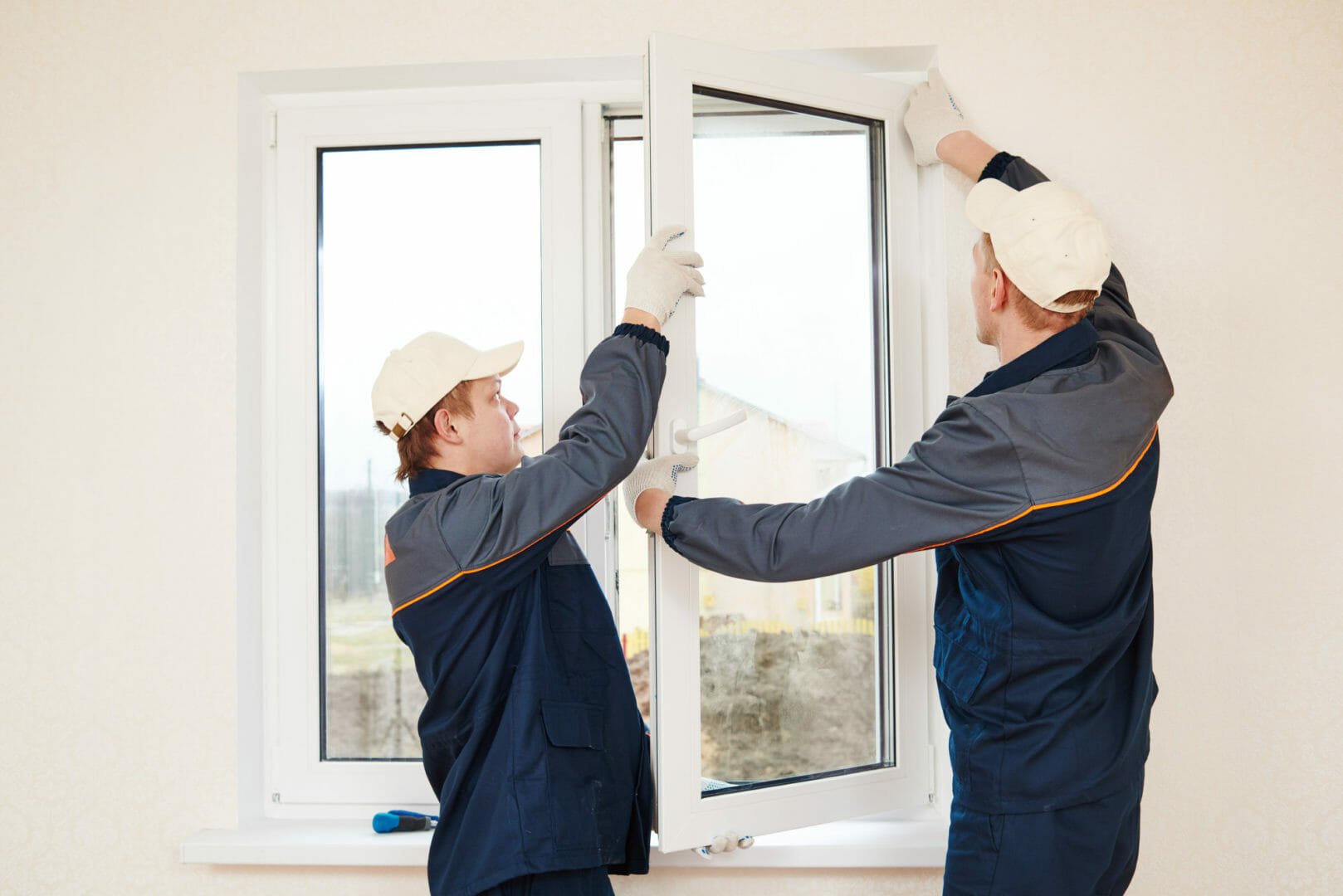
Paving the Way for Eco-Friendly Homes: Sustainable Roofing Materials
The choice of roofing materials plays a crucial role in creating environmentally conscious and sustainable homes. As the demand for green building practices continues to rise, homeowners are increasingly turning to sustainable roofing materials to enhance both the longevity of their homes and minimize their ecological footprint.
Benefits of Sustainable Roofing Materials
Opting for sustainable roofing materials brings forth a multitude of benefits. These materials are often designed for durability, energy efficiency, and recyclability. Beyond their environmental advantages, sustainable roofing options can contribute to lower energy bills, reduced maintenance costs, and an overall increase in the property’s value.
Solar Reflective Roofing: Cooling the Planet and Your Home
Solar reflective roofing materials are a key component of sustainable design. These materials, often in light colors, reflect more sunlight and absorb less heat than traditional dark-colored roofs. This simple yet effective strategy helps reduce the urban heat island effect, mitigating temperature fluctuations and contributing to a cooler living environment.
Recycled and Recyclable Roofing Options
Sustainable roofing materials often include recycled content, diverting materials from landfills and giving them a new purpose. Additionally, many of these materials are recyclable at the end of their lifespan, further reducing their environmental impact. Choosing roofing options with recycled content helps close the recycling loop and promotes a circular economy.
Green Roofs: A Touch of Nature Overhead
Green roofs, or living roofs, represent an innovative approach to sustainable roofing. These roofs are partially or completely covered with vegetation and a growing medium, providing insulation and reducing stormwater runoff. Green roofs contribute to enhanced energy efficiency, improved air quality, and even create additional green spaces in urban environments.
Cool Roofing: Lowering Energy Consumption
Cool roofing materials are designed to reflect more sunlight and absorb less heat than standard roofing materials. This reflective quality helps keep the roof surface and the entire building cooler, reducing the need for excessive air conditioning. By lowering energy consumption, cool roofing contributes to both cost savings and a smaller carbon footprint.
Wood Shingles and Shakes: A Timeless and Sustainable Choice
Wood has been a traditional roofing material for centuries, and when sourced sustainably, it can still be an eco-friendly option. Look for certifications such as Forest Stewardship Council (FSC) to ensure the wood is harvested responsibly. Wood shingles and shakes provide a natural and timeless aesthetic while offering good insulation properties.
Metal Roofing: Durable and Recyclable
Metal roofing is renowned for its durability and longevity. Additionally, metal is highly recyclable, making it an eco-friendly choice. Metal roofs reflect sunlight, reducing heat absorption and contributing to energy efficiency. The recyclability of metal roofing materials ensures that they can be repurposed at the end of their life cycle.
Choosing the Right Sustainable Roofing Material for Your Home
The decision on the most suitable sustainable roofing material depends on various factors, including climate, budget, and aesthetic preferences. Consulting with a roofing professional can help determine the best option for your specific needs. Prioritizing durability, energy efficiency, and









